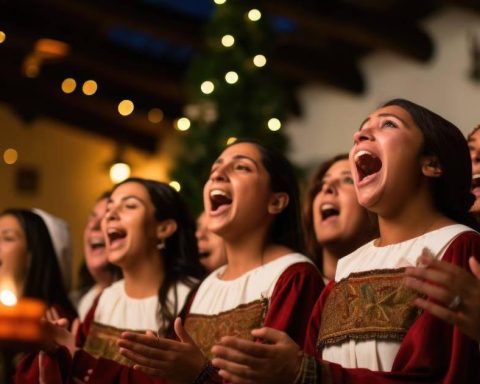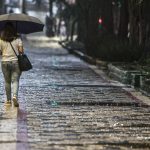Isagen was one of the first companies to generate solutions to reduce energy rates in the country, with a special focus on the Atlantic coast. Camilo Marulanda, manager of the company, explained that To avoid future price rises due to scarcity, signals should be given for the expansion of the electricity system.
(Main reasons of the Banco de la República to raise the rate to 11%).
How was the negotiation with the marketers and the agreements reached?
There are three issues: one is the indexer, which is the IPP that has grown unusually. The discount decisions we make are due to correct, at least partially, this effect, but in my opinion it is a circumstantial issue.
The decision has three more elements: discounts on the coast, a price freeze in 2022 and a ceiling for 2023, because we do not want to give a discount and that the price would continue to rise and have the same effect.
Taking this first step builds and takes a little pressure off us to look for medium-term solutions. Much of the rise in rates on the coast is explained by the inclusion of losses, which is a historical problem, and is generating a short-term distortion.
The last point on the subject of rates is that today we are in a historical moment of narrowness between supply and demand. That is what is truly structural; there is an important uncertainty in Hidroituango or the Colectora de La Guajira that could take a long time.
You say that the reductions are circumstantial, what have you proposed for structural solutions?
We need to look for an indexer that is less volatile, but also reflects the cost of inflation.
On the coast issue, the proposal is to partially securitize the future restriction rate with a guarantee from the Nation. It is a proposal that we will bring from an experience in Chile that worked very well and would allow us to soften that rate increase.
(What factors are impacting profits of technology giants?).
The third issue is to have more supply. It will always be reflected in more competition and better long-term rates. Having early signs of an expansion auction to generate that buffer between demand and supply I think is good, because we are not exempt from having an extreme water event and ending up in a scenario of very high rates.
The government has said that it will not promote a new auction until unlocking
previous projects that have not entered. Is there that margin?
I would separate the discussion between the auction of unconventional contracts and an expansion auction, I think they are complementary. I understand the position of the Minister, but I do believe that there must be a long-term signal for the expansion auction, which is not only unconventional.
Every year, just to maintain demand, between 700 and 1,200 megawatts (MW) have to come in. This is $7 billion of investment per year; that signal must be given early because projects take time.
The country needs more energy and for that a signal must be given, the expansion auction has been the regulatory framework that has allowed the market to continue developing and new megawatts to enter.
How has your rate of commissioning of new plants been this year?
We have invested in the last three years about $3 billion, about 500 new MW. Right now we are finishing a couple of solar parks in La Guajira, they are small, but we have a 400 megabyte project already licensed and we are waiting for the connection. Right now we are beginning the construction of a solar park called Sabanalarga of 100 megabytes that has an investment of almost $500,000 million. We are waiting for signs of expansion to see how we do a hydro project in Antioquia called San Bartolomé of 50 megabytes. We have an interesting development pipeline, but we need signals.
We are willing to continue investing, we make a long-term commitment here, we have that long-term vision.
Do you plan to maintain your investments with the current context of TRM, interest rate and market signals?
We are still looking for new projects, we have a pipeline of projects, both to buy and to develop. The macro situation of financing costs and devaluation hits returns, but our job is to make it work.
We will continue working to grow; It is possible that growth in the short and medium term is more focused on photovoltaic plants because the time between making the decision and producing is less and because the construction risk is less, but I do not rule out that we develop some additional hydroelectric plants.
The Superintendency of Services required them due to the rise in stock prices, what is happening?
I see it on three levels. Although it is raining a lot throughout the country, this does not work everywhere, where it is not raining as much and when there is such a closeness between supply and demand, any plant in the system that does not have enough water ends up impacting the base price. For example, at our Miel plant we are below its minimum reserve levels. The stock price had a peak a few weeks ago, but it has normalized and it was because of Guavio, but when it came in it normalized. If the market continues to be tight, anything that happens is going to raise the stock market, so my insistence is that those who are hanging enter and we want long-term signals so that there is more supply.
Daniela Morales Soler
BRIEFCASE
















